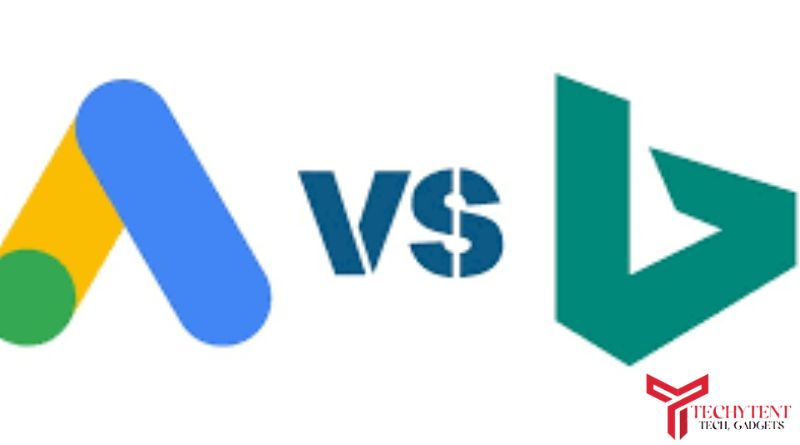Deciphering Documentation: Understanding Work Order vs. Purchase Order in Construction

In the intricate world of construction management, understanding the nuances between different types of documentation is essential for smooth project execution. Two commonly used documents in construction projects are work orders and purchase orders. While they may seem similar, they serve distinct purposes and have unique implications for project management and procurement. Join us as we delve into the differences between work orders and purchase orders, unraveling their roles and significance in construction operations.
Differentiating Work Orders and Purchase OrdersWork Orders:
A work order is a directive issued by a client or project manager to initiate specific work or services. It outlines the scope of work, tasks to be performed, timelines, and any special instructions or requirements. Work orders are typically used for internal purposes within a construction company to assign tasks to employees or subcontractors and track work progress.
Purchase Orders:
A purchase order is a contractual document issued by a buyer to a supplier or vendor, authorizing the purchase of goods or services. It specifies the quantity, price, delivery terms, and other relevant details of the purchase. Purchase orders serve as legally binding agreements between the buyer and seller, ensuring transparency, accountability, and compliance with procurement policies and regulations.
Key Differences and Implications
1. Purpose:
- Work orders are used to initiate and track work activities within a construction project, while purchase orders are used to authorize and facilitate procurement of materials, equipment, or services from external vendors or suppliers.
2. Authorization:
- Work orders are typically issued internally by project managers or clients, authorizing internal resources or subcontractors to perform specific tasks. Purchase orders, on the other hand, are issued externally by buyers to suppliers, authorizing the purchase of goods or services.
3. Legal Implications:
- While work orders serve as internal directives for task assignment and tracking, purchase orders have legal implications as contractual agreements between buyers and sellers. Purchase orders outline the terms and conditions of the purchase, including payment terms, delivery schedules, and warranties, and provide a legal framework for resolving disputes or issues that may arise during the procurement process.
4. Documentation Requirements:
- Work orders may be less formal and may not require as much documentation as purchase orders. They are often used for day-to-day task management and may be issued verbally or electronically. Purchase orders, on the other hand, require detailed documentation to ensure compliance with procurement policies and regulations. They typically follow a standardized format and include specific information to facilitate procurement processes and financial transactions.
Best Practices for Work Orders and Purchase OrdersWork Orders:
- Clearly define the scope of work, tasks, and deliverables in the work order to avoid misunderstandings or disputes.
- Include timelines, deadlines, and any special instructions or requirements to ensure that work is completed on time and according to specifications.
- Assign responsibilities and designate roles to ensure accountability and transparency in task execution.
Purchase Orders:
- Ensure that purchase orders include accurate and complete information, including quantity, price, delivery terms, and payment terms, to avoid discrepancies or delays in procurement.
- Obtain approval from authorized personnel before issuing purchase orders to ensure compliance with procurement policies and budgetary constraints.
- Keep accurate records of purchase orders and related documentation for auditing, tracking, and reporting purposes.
Conclusion
Understanding the distinctions between work orders and purchase orders is essential for effective construction management and procurement. While both documents play crucial roles in construction operations, they serve different purposes and have distinct implications for project execution and financial management. By following best practices and implementing sound documentation procedures, construction companies can streamline their operations, enhance transparency, and mitigate risks associated with work orders and purchase orders.
Read also: check







